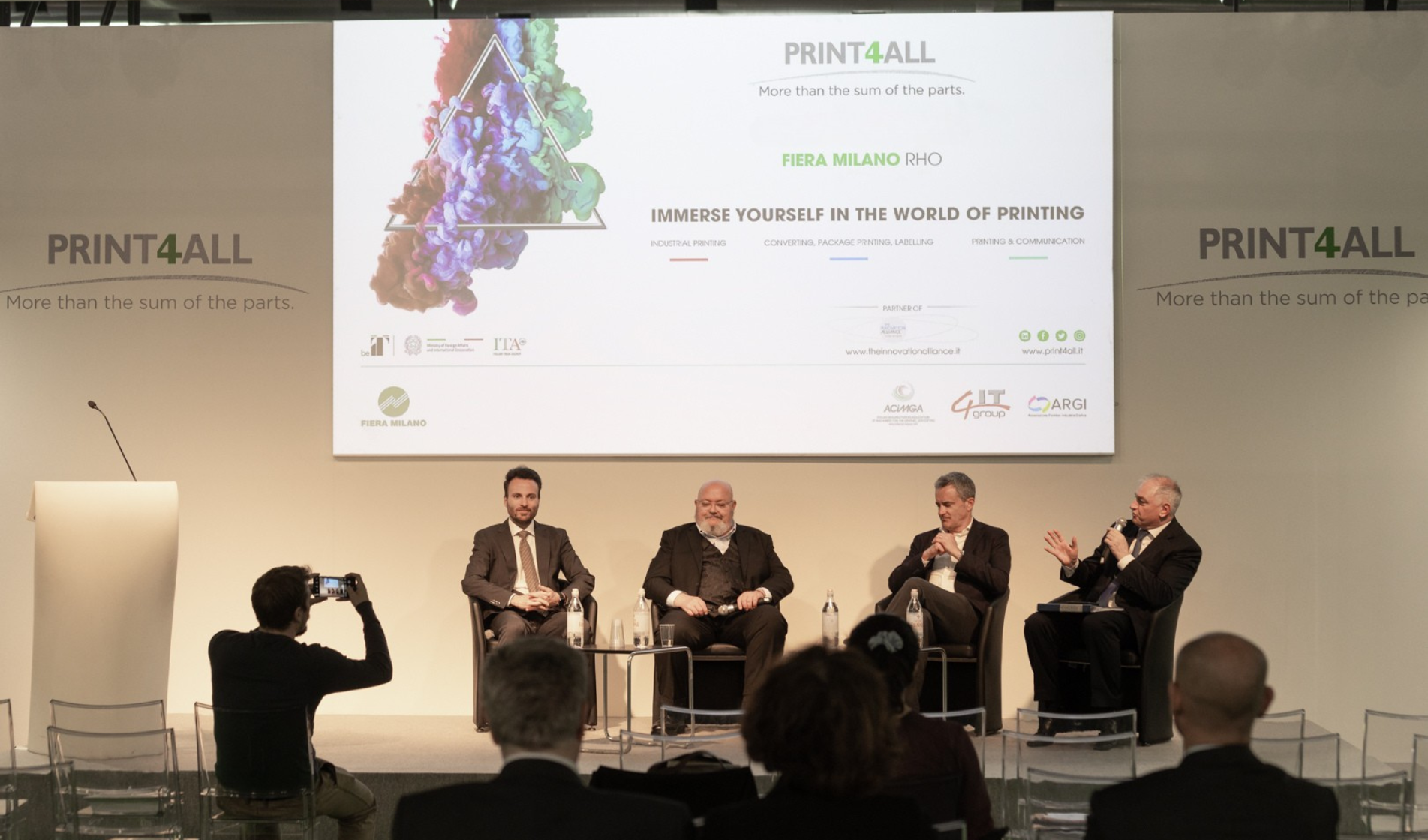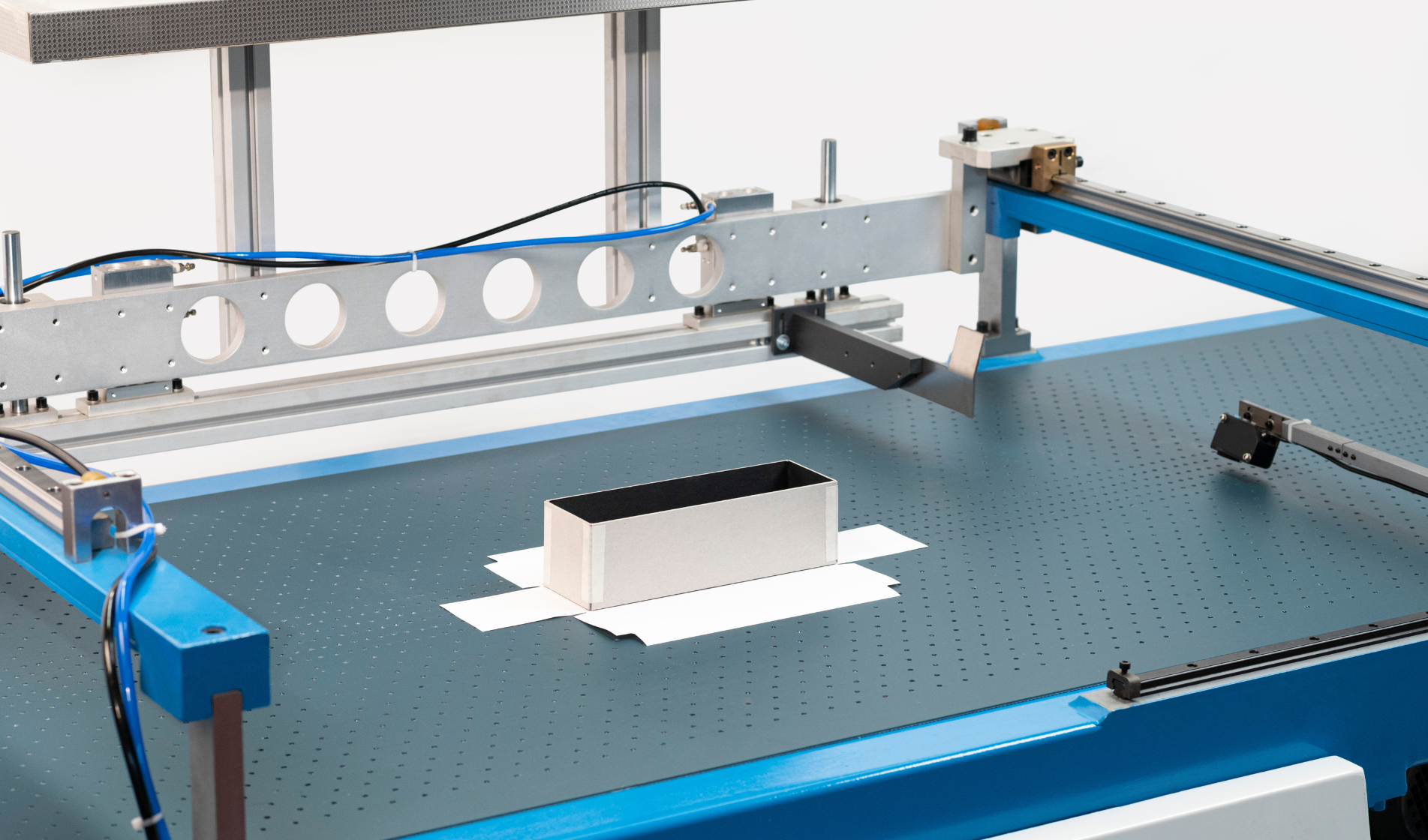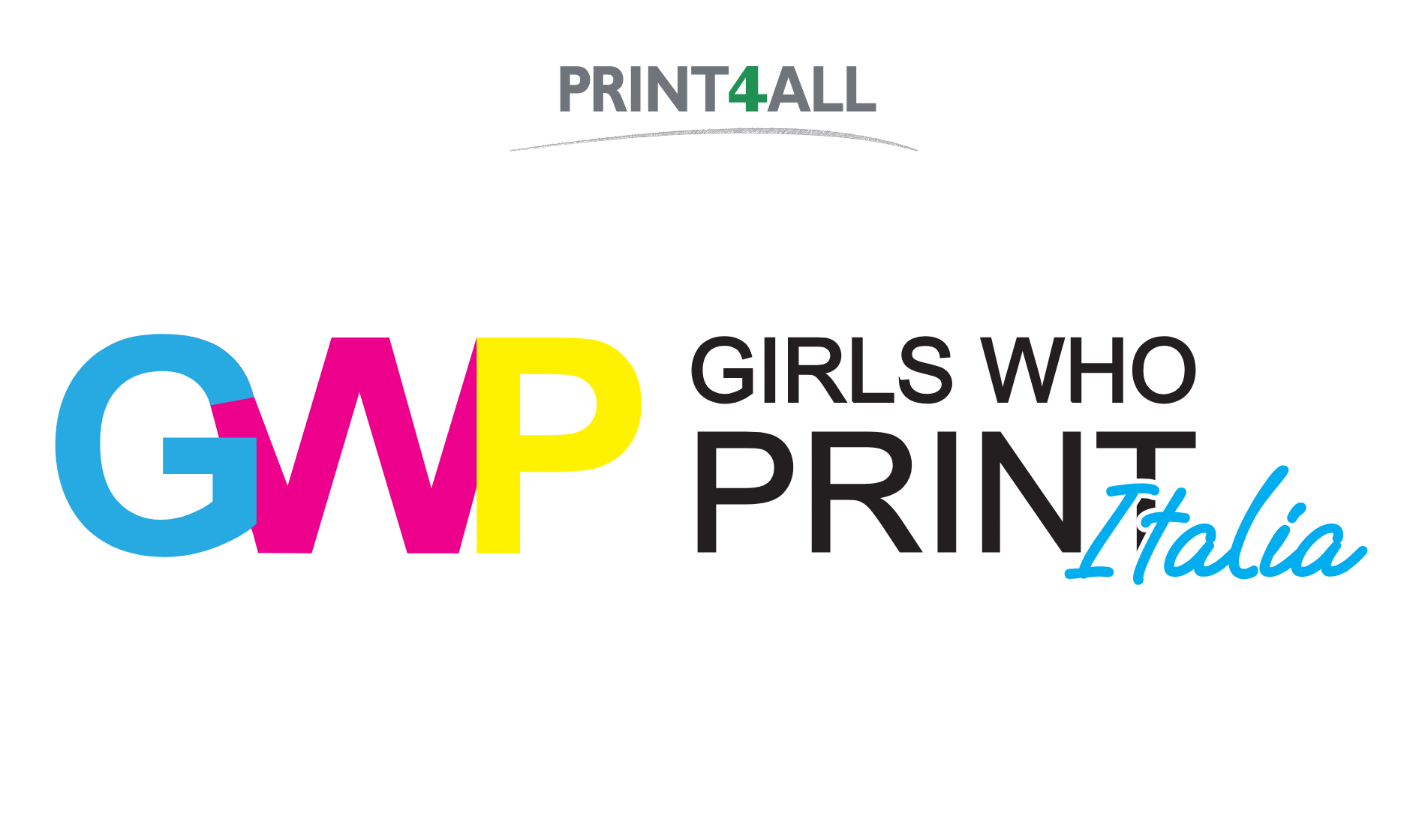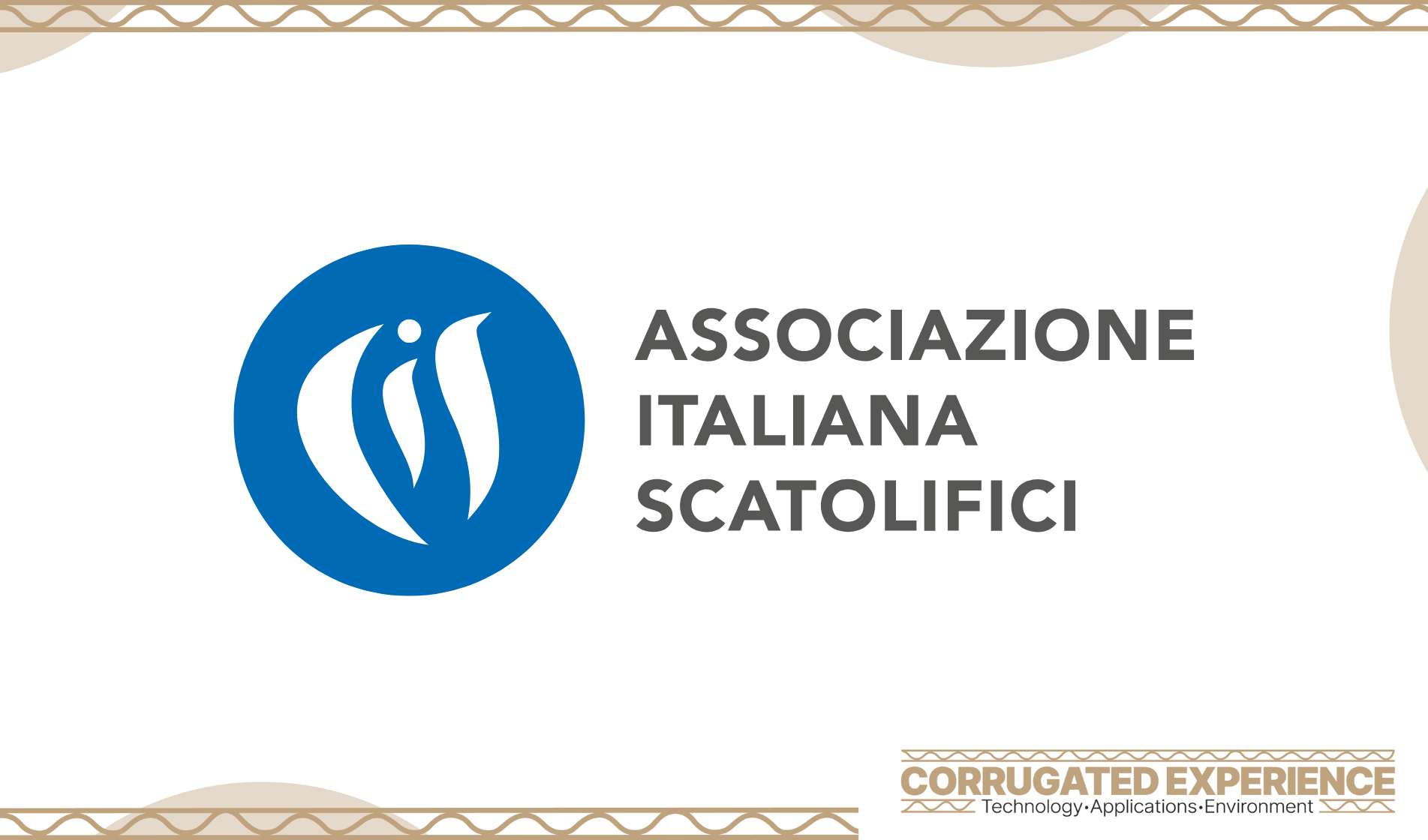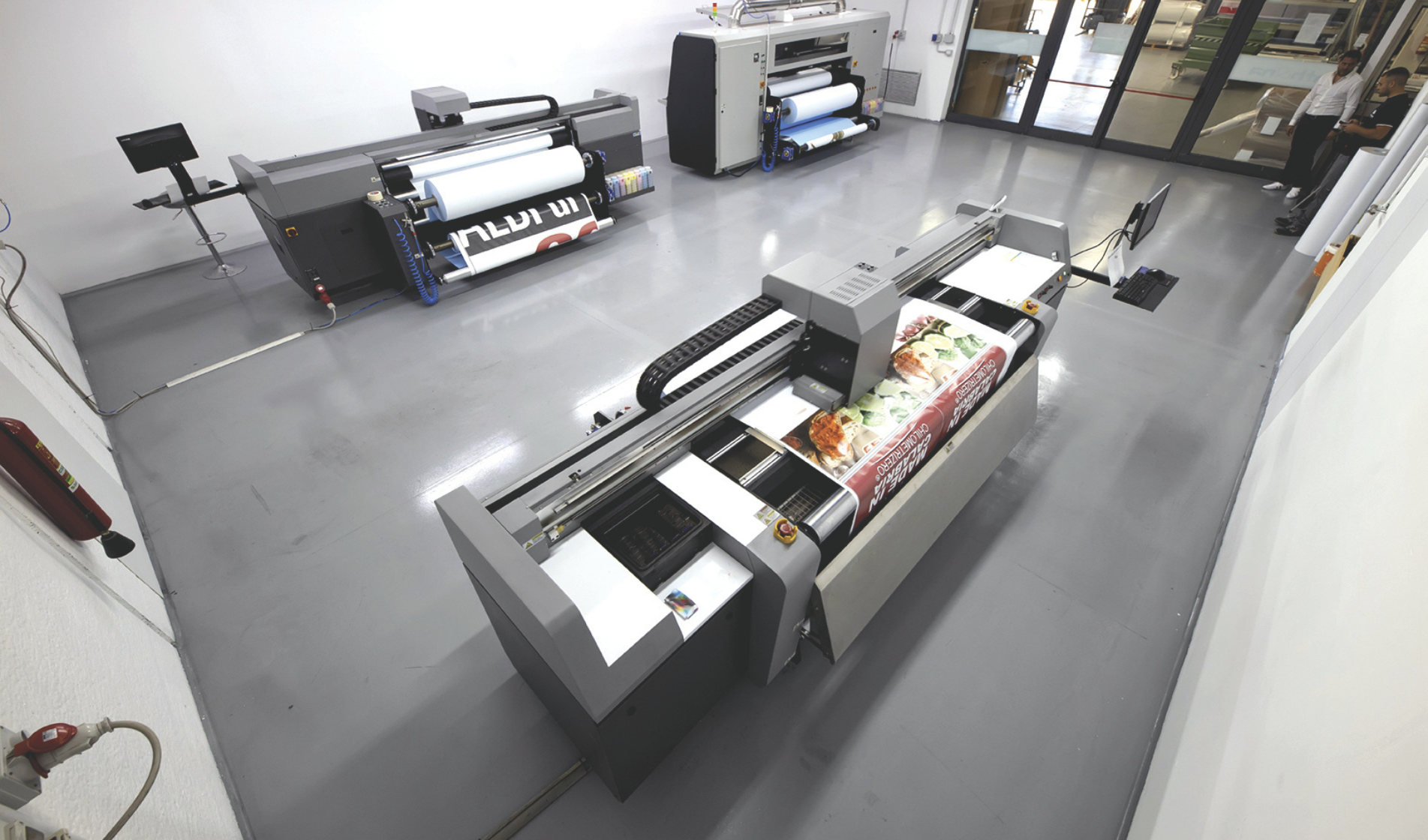Industrial printing is a varied field of application, which over the years has continued to expand, embracing very different market sectors, ranging from the decoration of panels and laminates to printing on textiles or special materials such as wood, ceramics, glass and so on. In general, when we talk about industrial printing we refer to the set of production processes in which printing is used for decorative purposes, product protection or other specific functionalities. When used in reference to a circumscribed manufacturing sector - such as wood, ceramics or glass - it acquires different nuances. Each supply chain, in fact, operates according to very specific strategic parameters. Notwithstanding the differences, all players in the industrial printing sector today are faced with the changes taking place in the market, with consumers increasingly interested in customised products and just-in-time runs, and must make technological and strategic investments to meet these new demands.
The latest generation of inkjet printing technologies are designed to respond in a timely manner to the growing need to produce as efficiently as possible, with a high degree of customisation, in a short period of time. Thanks to the advent of digital printing, for example, the decoration of wood, ceramics and glass are now able to manage the customization of designs and the production of small runs, using different media. The wood industry, where order volumes are generally high, uses two decoration methods: direct printing and lamination. In recent years, many players in the décor and furniture industry have begun to use digital printing with the aim of expanding their ranges, proposing differentiation of the same item. Even in the field of glass printing, the use of coloured, printed or decorated glass is becoming increasingly popular, especially in interior design. For printing on glass, glass-based, organic ceramic inks are generally used, also known as cold inks, because they undergo a simple curing process, unlike ceramic inks that are processed at high temperatures after being dried. The evolution of inkjet printing solutions has helped to transform even the ceramic tile into a quality decorative object. Over the course of a decade, digital decoration in the ceramics industry has surpassed the flexographic printing process, establishing itself as the new standard. The high resolution ensured by inkjet printing makes it possible to obtain very realistic decorations, with three-dimensional effects, which reproduce the effect of natural raw materials such as stone, marble and wood, with the addition, if necessary, of glossy or matt effects. Digital printing is one of the most interesting decoration technologies for metal as well. Depending on the scope of application and the type of effect desired, different chemicals are used, ranging from solvent to UV.
A survey conducted by InfoTrends in 2018 showed that the adoption of inkjet printing technologies was a key requirement for all industry players interested in remaining competitive within a rapidly evolving market. This is also confirmed by the latest figures from the think tank KaoCollinsthat DOD inkjet technologies used in industrial applications are expected to emerge as the fastest growing segment in 2021.



